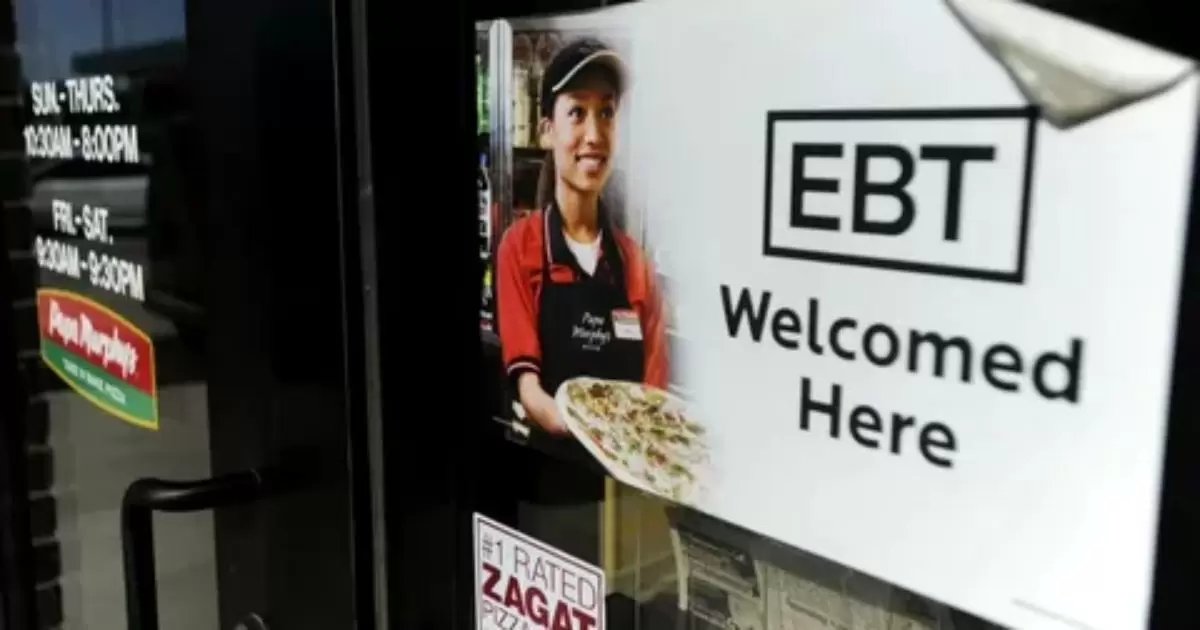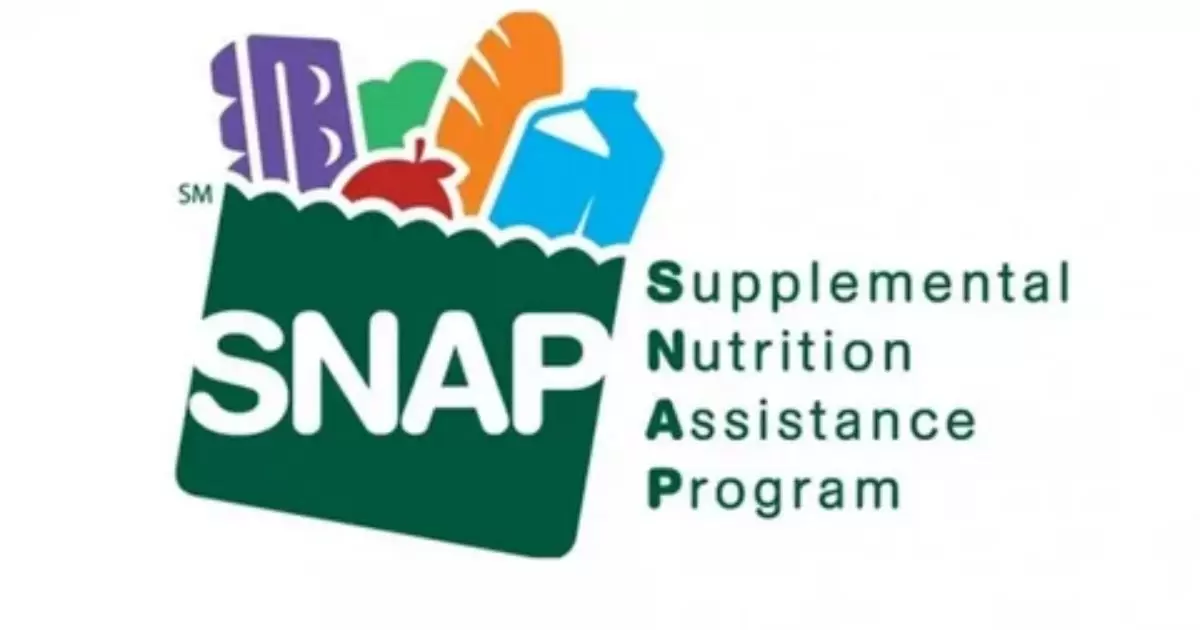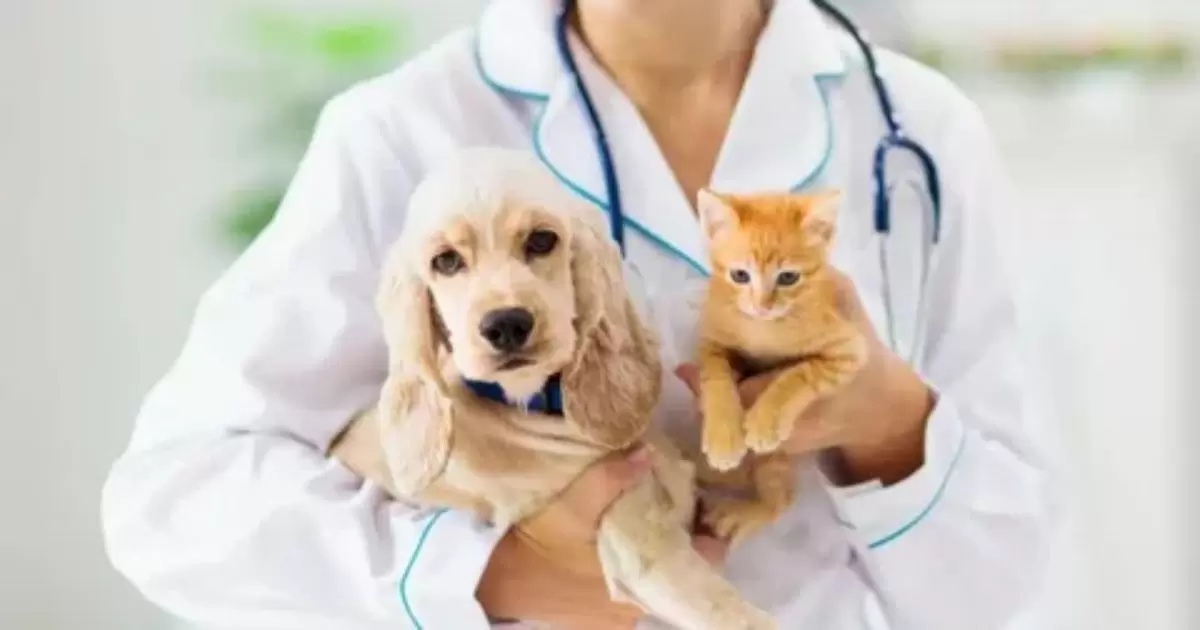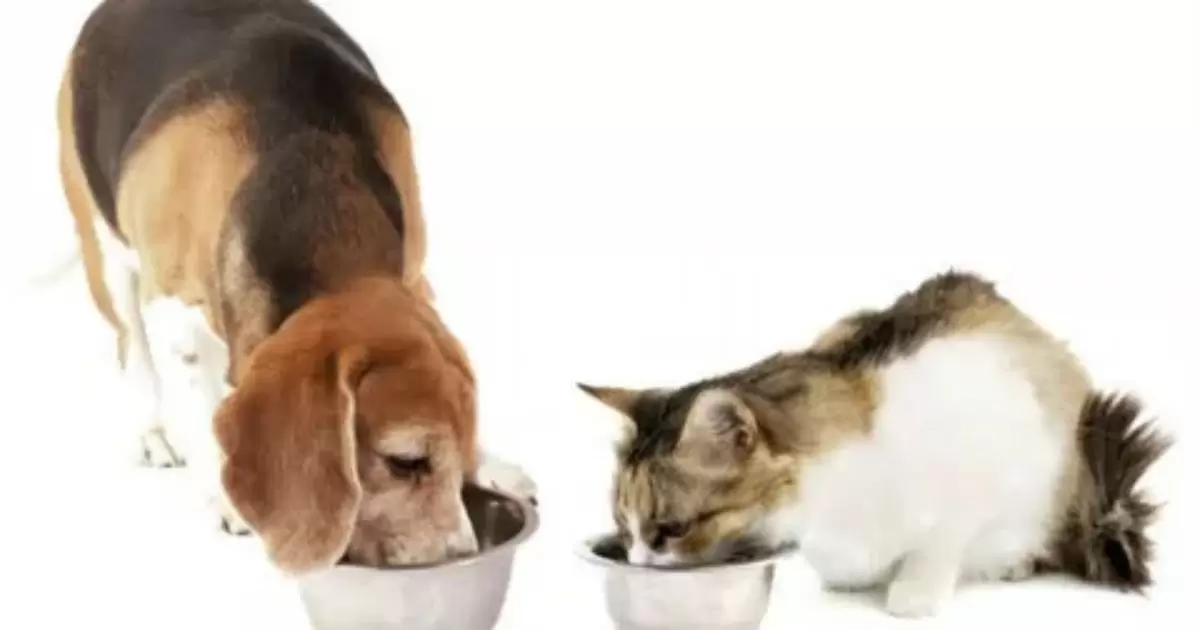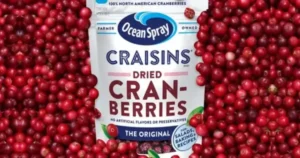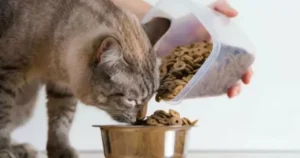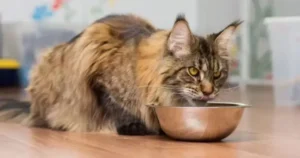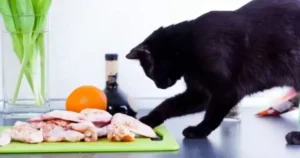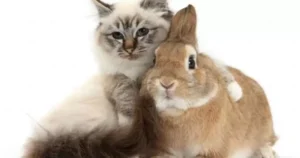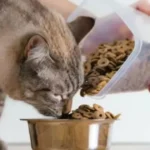Can You Buy Cat Food With Ebt?” Refers to whether puppy food is an eligible purchase with Supplemental Nutrition Assistance Program (SNAP) advantages which are accessed through Electronic Benefit Transfer (EBT) gambling cards.
Have you ever asked, “Can you purchase cat food with EBT?” This query comes up because of the fact humans need to realize if doggy food can be purchased with SNAP blessings loaded onto EBT playing cards. The guidelines try to make sure the finances move closer to feeding human beings.
EBT cards permit low-profit individuals to apply for SNAP benefits to get meals. But United States Department of Agriculture regulations specify pet ingredients do no longer qualify, as SNAP is intended for human nutrient needs. Some rare state exceptions may exist for special medical pet food.
SNAP Benefits Overview
The Supplemental Nutrition Assistance Program (SNAP) is a federal nutrient assistance application overseen with the aid of the United States Department of Agriculture (USDA) Food and Nutrition Service. It offers food purchase assistance for low-income households and people/households close to or below the poverty line. Every state has its own SNAP application that residents can follow for benefit eligibility willpower.
SNAP advantages are allotted on a month-to-month foundation to eligible recipients through Electronic Benefit Transfer (EBT) cards, which are painted much like debit cards. These cards may be used at certified retail meal shops to purchase SNAP-eligible ingredients. The blessings move closer to helping beneficiaries come up with the money for simple meals and vitamins for a healthy weight-reduction plan.
As of 2021 statistics, 41.5 million Americans acquire SNAP advantages with a mean month-to-month gain of $218 in step with character. These essential meal assistance budgets assist suffering households keep away from hunger and malnutrition.
SNAP Eligible Foods
The Supplemental Nutrition Assistance Program goals to offer a price range for major staples of a healthy human diet, now not supplement puppy meal expenses. As a result, the eligible ingredients that can be purchased with SNAP blessings are intentionally specific and controlled by way of the USDA.
According to the USDA SNAP food eligibility requirements, households can use SNAP EBT card funds to buy:
- Breads and cereals
- Fruits and vegetables
- Meats, fish, poultry, and eggs
- Dairy products
- Plants and seeds to grow food at home
Notably absent from this list are pet food products. Let’s take a closer look at the pet food restrictions.
Pet Food Ineligibility
The USDA SNAP regulations explicitly define pet foods as ineligible for purchase with SNAP benefits. This includes cat food, dog food, bird seed, aquarium fish food, and any other supplies associated with feeding household pets.
Essentially, SNAP benefits can only be used to feed people who are part of the SNAP assistance program and household. Feeding Fido and Fluffy is considered an unnecessary expense that does not fit with the program’s goal to provide for human nutrition needs.
There is no wiggle room here in the regulations when it comes to buying furry friend food using federal SNAP dollars. Anyone caught using EBT cards to knowingly purchase pet items with SNAP benefits could face penalties. These penalties include losing benefits, being required to repay benefits, disqualification from the program for a period, or civil or criminal prosecution.
The all-human food-only rules are black and white for retailers as well. Stores that allow SNAP benefit spending on pet items also face penalties such as civil money penalties or disqualification from being an authorized SNAP retailer.
Exceptions for Special Medical Pet Foods
There are two very narrow exceptions where pet food may be covered by state-level SNAP agencies:
- Service Animals
Service animals that provide disability-related assistance to approved SNAP recipients may qualify for having their food covered in some states. For example, guide dogs for blind or visually impaired beneficiaries could potentially have special food approved.
However, regular household pets do not qualify simply because their owner receives SNAP benefits. Rules vary by state program, so beneficiaries would need to check locally.
- Documented Medical Need
Some states allow pets prescribed a special diet by a veterinarian to qualify for SNAP coverage if the owner is an eligible recipient. For example, Alabama’s SNAP agency mandates that for medical pet food to be authorized, a veterinarian must document that the special food will improve or stabilize a medical condition.
Again, this exception is very limited and only applies to pets requiring a therapeutic diet to treat an ongoing medical issue. Regular pet food remains ineligible. Each state reviews and approves what qualifies on a pet-by-pet basis per its regulations.
As shown in the chart, currently only 12 states have an allowance for special medical needs pet foods to be covered by SNAP benefits under qualifying circumstances. However, advocates continue petitioning more states to cover these therapeutic animal foods in situations with proper documentation from a veterinarian. They argue denying medical pet food unfairly impacts the health of service animals and household pets relied on by low-income SNAP participants.
Check locally to find specific guidance in your state for the strong majority that still definitively do not allow SNAP to cover household pet food costs in any scenario.
Why Can’t SNAP Cover Pet Food?
The USDA prohibits using the Supplemental Nutrition Assistance Program and EBT benefits to buy pet food because covering basic animal food costs is outside the scope and purpose of these public funds. The priority is supporting struggling American families to buy healthy and affordable food. With so many people experiencing food insecurity and needing assistance meeting their own dietary needs, pet food becomes excluded as an inessential expense.
If pet food was SNAP eligible, it could:
- Reduce available benefits for human food by diverting funds toward pet food
- Increase instances of benefit misuse and program fraud
- Create an additional government cost burden
The USDA seeks to prevent abuse and improper use given this program provides an essential food lifeline to millions facing hunger and malnutrition in the country.
Critics argue pet food should be covered in cases where it’s required for service animals assisting people with medical disabilities. There is also debate about households where pets provide emotional assistance. The current rules remain firmly in place due to the reasons outlined above to avoid misuse and overspending of SNAP funds.
Retailers often clearly display signage stating pet foods, supplies, vitamins, grooming accessories, and more are prohibited purchases with EBT cards. Those with further questions can contact their local SNAP agency or USDA Food and Nutrition Service office to get state-specific guidance.
The Bottom Line
At the federal level and in the strong majority of states, regular pet food remains ineligible for purchase with SNAP EBT benefits. A few states allow exceptions for documentable medical therapeutic pet diets, but general cat and dog food is excluded from SNAP eligibility everywhere.
So in response to that common question floating around the internet – no, regular cat food cannot be purchased with EBT benefit cards accessed through government food assistance programs. Pet food qualifies as a non-essential human cost not covered under the nutrition priorities of SNAP.
Those facing financial hardship are encouraged to check their local SNAP eligibility instead to get nutritional food assistance for their family. Feeding pets remains an out-of-pocket household expense not covered by any special allowances for government welfare programs. Many pet owners choose more affordable wet food options to provide their furry friends with healthy meals within their budget.
FAQS:
Can you buy cat food with EBT in California?
No, cat food cannot be purchased with EBT benefits in California.
What can I deliver my cat if I run out of meals?
If you run out of cat meals, you could attempt feeding your cat small quantities of cooked unseasoned meat, eggs, or tuna as a transient meal.
What can I do if I don’t have enough money for cat meals?
Options in case you do not have the funds for cat meals include searching into puppy food banks, asking pals/circle of relatives for help, or surrendering your cat to an animal haven if needed.
1. Can you buy cat meals with EBT in PA?
No, Pennsylvania no longer permits cat meals and puppy supplies to be purchased with SNAP EBT card benefits.
Conclusion:
The Supplemental Nutrition Assistance Program (SNAP) presents meals assistance price range to low profits families and people in want. These blessings are dispensed monthly on EBT cards to assist buy grocery staples.- Can you buy cat food with EBT?
While pet food is a regular household expense for many families, SNAP rules prohibit using federal funds on pet supplies. SNAP aims to address human nutrition needs and hunger. As a result, pet food and supplies are defined as ineligible expenses. With rare state exceptions, the standard rule remains that cat food cannot be purchased with EBT benefit cards across the country.
